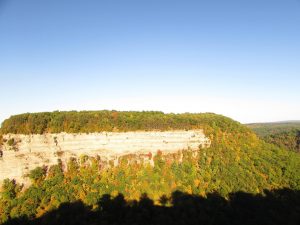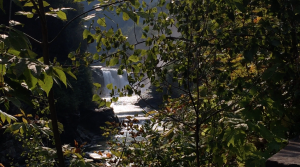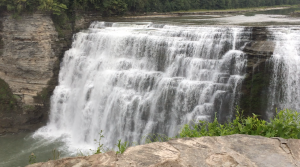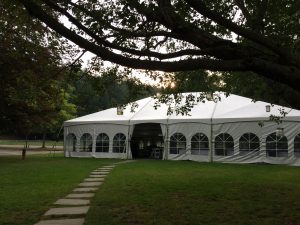The Genesee Valley Greenway.
I haven’t managed to get out to walk the trail yet, but Natalie and I have chosen to work with the Greenway. It poses an interesting question about time and scale (the Greenway was proposed in the 1990’s, but the history of this trail starts in the 1830’s). After Tuesday’s conversation, we were interested in aligning this history with the history of the U.S. to see how we’ve progressed from a canal to a greenway.
I think Natalie and I are both interested in exploring boundaries and transitions as well. The picture from her post a few weeks back, of the back porches of houses against the Greenway, is one example of the boundaries that exist currently: built home with a yard and nature path. We’re also asking whether or not the Greenway fully “counts” as a nature path, if it only exists due to the abandonment of a man-made feature. This project offers a way for us to look into the anthropocene writing influence and see where/ if we draw lines between developed area and nature, and, if we do draw that line, what does it take to reclaim nature from the developed.
Since our project spans a large area, Natalie and I are leaning toward using a lot of maps, both modern and historical on the website to place the reader as they read about the area. In our proposal we suggested a fairly basic website layout, but we’re also considering doing something a little more whimsical. I found this artist website where the main page is drawn city and the different building link to different projects the artist has done. While we’d need to figure out the logistics of doing something like this, we both like the idea of a hyperlink Greenway map that would allow a reader to pick on locations to read about them.
In terms of tools, we’re likely going to use StoryMap and/or ArcGIS (I have experience with it from different classes) as a way to create/show our maps. We also want to record audio/video to include alongside our writing on the website.
There’s a decent amount of material in our college archive, from diaries that mention the canal to sources that give the canal/railroad/greenway history. Additionally, we’re planning to visit the Livingston historical museum, which is located close to campus. We’ve also found a railroad museum in the area that we might go to, if we’re struggling to find information on the Genesee Valley Canal Railroad. Natalie is interested in doing an oral history component for our project, and, of course, we’ll document our experience and observations on the trail.
Natalie and I are still rooting through the college archives to see what threads of the story we want to pick up an write about, but we’re both super excited to see where this project goes!




